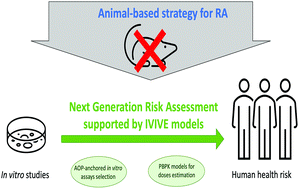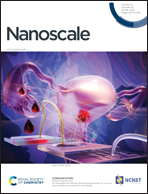In vitro to in vivo extrapolation to support the development of the next generation risk assessment (NGRA) strategy for nanomaterials
Abstract
There is growing interest in developing novel strategies to support assessment of human health risks due to chemicals. Regulatory and decision-making agencies have recommended that non-animal-based alternatives should be applied whenever possible instead of experimentation on living animals. These alternative methods are beneficial because they are ethical, inexpensive, and rapid. Herein, we review recent activities aimed at developing in vitro to in vivo extrapolation (IVIVE) models as a part of the Next Generation Risk Assessment (NGRA) of nanomaterials. In this context, we show the adverse outcome pathway (AOP)-based methodology for the identification of mechanistically relevant events serving as biomarkers for the targeted selection of in vitro assays. Considered events need to be biologically plausible, regulatory relevant, and crucial for the examination of occurrence of adverse outcomes. The promising advantages of using high-throughout-based omics data are highlighted. Furthermore, the application of 3D in vitro models and nano genome atlases to study nanoparticle toxicity is briefly summarized. Additionally, the challenges related to the extrapolation of in vitro doses into in vivo-relevant responses are presented. We also discuss the limitations of models applied thus far to study the fate of chemicals in the human body, which exist due to the lack of available knowledge regarding transformations of nanomaterials occurring in biological systems.

- This article is part of the themed collection: Recent Review Articles


 Please wait while we load your content...
Please wait while we load your content...